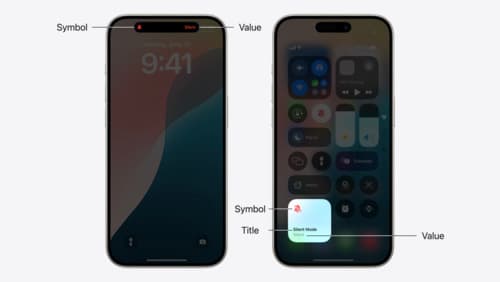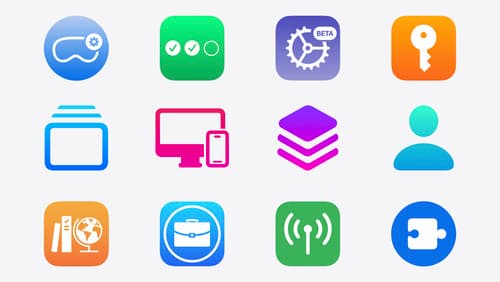Control your iPhone on your Mac
Asked on 2024-08-05
1 search
To control your iPhone on your Mac, you can use the new controls API introduced in iOS 18. This API allows you to create controls that can be accessed from various places across the system, including the control center, lock screen, and even the action button on the iPhone 15 Pro. These controls can sync across all your devices, making it easier to perform frequent tasks from your apps.
For more details, you can refer to the session Extend your app’s controls across the system (17:14).
Relevant Sessions

18 things from WWDC24
Here’s your guide to the big announcements from this year’s Worldwide Developers Conference.

Extend your app’s controls across the system
Bring your app’s controls to Control Center, the Lock Screen, and beyond. Learn how you can use WidgetKit to extend your app’s controls to the system experience. We’ll cover how you can to build a control, tailor its appearance, and make it configurable.

What’s new in device management
Learn about the latest management capabilities for iOS, iPadOS, macOS, and visionOS, then discover the latest changes to Apple Business Manager and Apple School Manager. We’ll also share updates to Activation Lock, SoftwareUpdate, and Safari management.
